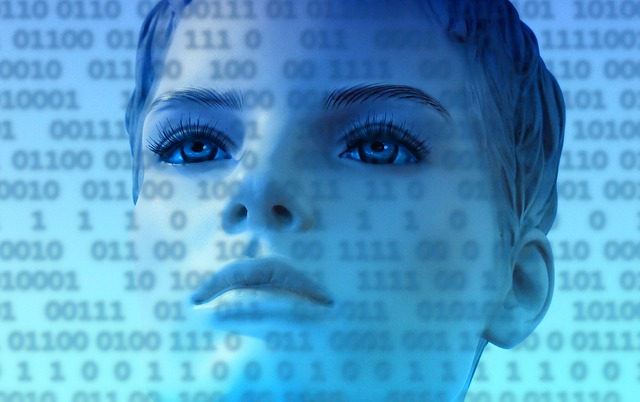
Operating Systems
Operating Systems:
• An operating system can be defined as a software program that is responsible for managing and controlling the operations of the computer, programs, and hardware.
• It also acts as an interface that allows the user to run an application using a hardware device.
• Without an operating system, a computer working with a computer system will be impossible for most users.
• Examples of operating systems include Windows, Linux, Android, DOS, etc.
Functions of an Operating System:
• It provides security to user data by using password protection and other security techniques.
• It also protects user data from unauthorized access.
• It monitors and controls the system's performance by analyzing response time i.e. the time between system response and service request to help troubleshoot performance issues.
• It also performs the job accounting for a particular user or group of users by tracking the resources and time used.
• It also monitors the system performance to avoid system malfunctioning.
• It is responsible for assigning software such as compilers, interpreters, assemblers, etc. to perform various tasks.
• It is also responsible for managing the Main Memory by keeping track of the bytes that are utilized by a program, tracking used and unused memory addresses.
• The OS also allocates and deallocates the memory to processes.
• The operating system also performs process scheduling i.e. in a multi-programming environment, it controls the order of processes and their processing time.
• It also controls the communication of devices to their respective driver by tracking the devices that are connected to the system and designating the I/O controller.
• It also controls the file system by tracking where user data is stored as well as manages the user access settings.
Credit: Computer Science by D. Watson and H. Williams
Need for Interrupts:
• An Interrupt can be defined as a signal that is sent by software or device to the processor.
• When an interrupt is received by a processor; the processor pauses whatever it was doing and handles the interrupt.
• The interrupt can be received by the processor in many situations, few examples are given below:
-When a disk drive is ready to receive more data.
-When an error has occurred e.g. printer paper jam.
-When the user wants to break the current process e.g. pressed keys at the same time.
• When the processor has received the interrupt it either stops the current process and handles the program or device that generated the interrupt or it continues to do its current process.
• The main function of interrupts is to allow the system to perform multiple tasks at a time or to open multiple windows simultaneously.
Example:
You can download a file from the internet, and watch a movie or play a game on the system at the same time.
• After an interrupt is initiated and serviced by the processor the current task's status is changed from "run" to "saved".
• Once the interrupt is serviced completely, the status is reinstated and the task starts from the point it was left before the interrupt was serviced.
